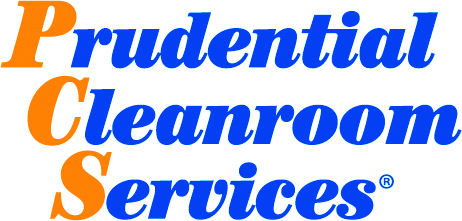National Economic Comparisons of Reusable and Single-use Cleanroom Textiles
Michael Overcash and Evan Griffing
January 2, 2020
Executive Summary
In cleanroom facilities, both disposable and reusable textile garments meet the particulate standards from most rigorous to the most basic levels. However, the reusables offer an important benefit, lower costs, better economic value. The environmental benefit when cleanrooms select reusable textiles is clearly defined in detail and can be used by both suppliers and customers to add to their own environmental sustainability scorecards. A new dimension is to evaluate the magnitude of the cost benefit of reusable textiles to add to the cleanrooms’ bottom lines. The economic improvement of selecting reusables is widely acknowledged in the literature (1-6), but there is a need to quantify these cost benefits to reinforce the quantitative environmental benefits as a part of customer decision-making.
A novel, new economic analysis concept for cleanroom textile comparison was developed in this study. The cost comparison technique is to evaluate actual data of organizations considering or deciding to convert from single-use to reusable cleanroom garments. In these cases, the customer is provided with cost of the reusable system that is compared to their current single-use system. The veracity of these data is reasonable since valid data are needed to meet customer expectations. These case study data were then scaled up to cover the approximately 14 million reusable coveralls in the current cleanroom market.
Over 22 case studies from three major suppliers (about 90% of the reusable cleanroom supply) the reusable economic cost reduction [(disposable annual cost – reusable annual cost)/disposable annual cost] was 58%, more than half lower. In the current cleanroom market (estimated to be 50% reusable), the reusable savings are about $120 million (range $106 million – $141 million) per year, which is $1.2 billion in a decade to the cleanroom bottom line. Across the full market, if cleanrooms shift to reusables (except the 12.5% estimated to be required to use disposables), the U.S. national economic savings for cleanrooms is about $210 million (range $186 million – $246 million) (nearly $2.1 billion over ten years).
The environmental and now the documented cost benefits of reusable cleanroom textile garments are consistent, factual, and wide-spread. From this study, the reusable cost savings did not appear to depend on the size of the cleanroom operation nor the region of the country where these are located. These benefits are directly accrued to the cleanroom operating organizations in their financial reporting and increasingly to their sustainability scorecards. In addition, the manufacturers and the laundry organizations can share the sustainability credits across all their customers. This information can thus help cleanroom firms’ decision-making to guide a path for cost and environmental improvement.
American Reusable Textile Association, Shawnee Mission, Kansas








